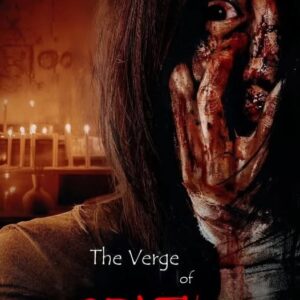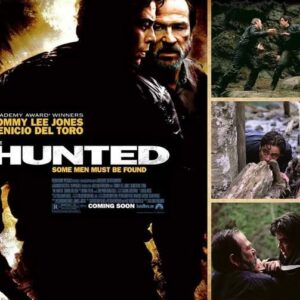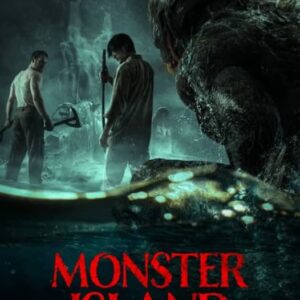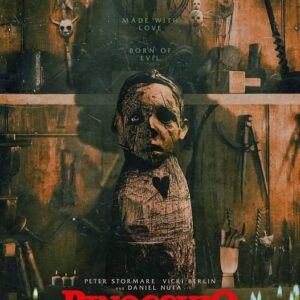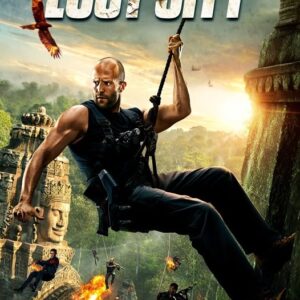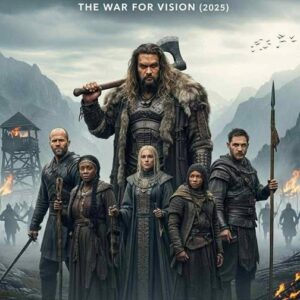The Blue Max (1966) is a visually stunning and thematically rich war film that dives into the high-stakes world of World War I aviation. Directed by John Guillermin and starring George Peppard as the ambitious German fighter pilot Bruno Stachel, this war drama blends breathtaking aerial combat with a compelling exploration of honor, obsession, and the morality of warfare. With standout performances from Ursula Andress and James Mason, The Blue Max remains a gripping and thought-provoking classic. In this movie review, we explore why this film is a must-watch for fans of war films, historical dramas, and character-driven epics.
A Tale of Ambition in the Skies
Set during World War I, The Blue Max follows Bruno Stachel (George Peppard), a young German pilot from a modest background driven by a relentless desire to earn the Pour le Mérite, Germany’s prestigious Blue Max medal, awarded for 20 aerial kills. As Stachel rises through the ranks of his squadron, his ambition clashes with the aristocratic elitism of his peers, particularly Willi von Klugermann (Jeremy Kemp), and draws the attention of Kaeti (Ursula Andress), the general’s wife. Under the watchful eye of General Count von Klugermann (James Mason), Stachel’s pursuit of glory spirals into a dangerous obsession, exposing the costs of war and the moral dilemmas of heroism.
The narrative weaves intense action with psychological depth, exploring themes of class conflict, personal ambition, and the tragedy of war. Stachel’s journey from underdog to decorated hero is both inspiring and unsettling, making The Blue Max a timeless reflection on the human cost of glory.
Stellar Performances That Ground the Drama
George Peppard delivers a commanding performance as Bruno Stachel, capturing the pilot’s fierce ambition and inner turmoil with intensity. His portrayal makes Stachel a complex antihero—charismatic yet flawed, driven by a need to prove himself against a backdrop of aristocratic disdain. Ursula Andress brings allure and nuance to Kaeti, her enigmatic role adding layers of intrigue and moral ambiguity to the story. James Mason is exceptional as General von Klugermann, his understated gravitas embodying the weight of authority and the ethical complexities of war.

The supporting cast, including Jeremy Kemp as the rival pilot, enhances the squadron dynamics, grounding the aerial spectacle in human conflict. The performances elevate the film’s exploration of honor and obsession, making every dogfight and personal clash resonate.
Breathtaking Aerial Combat and Cinematic Craft
The cinematography by Douglas Slocombe is a highlight, capturing the peril and excitement of WWI dogfights with stunning authenticity. The aerial combat sequences, filmed using real planes and innovative camera techniques, remain some of the most impressive in war film history (,). The skies come alive with roaring engines and spiraling planes, immersing viewers in the chaos of war. On the ground, the film’s period detail—from uniforms to aristocratic estates—creates a vivid WWI atmosphere.
The sound design, paired with Jerry Goldsmith’s rousing score, amplifies the tension of dogfights and the emotional weight of Stachel’s journey. The pacing balances action with character drama, ensuring a gripping narrative that never feels rushed.
